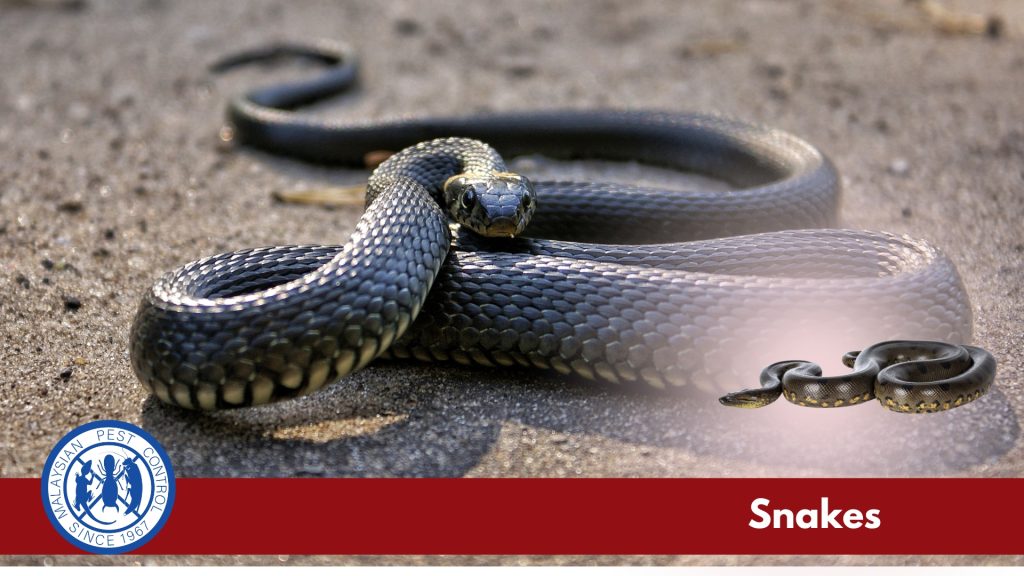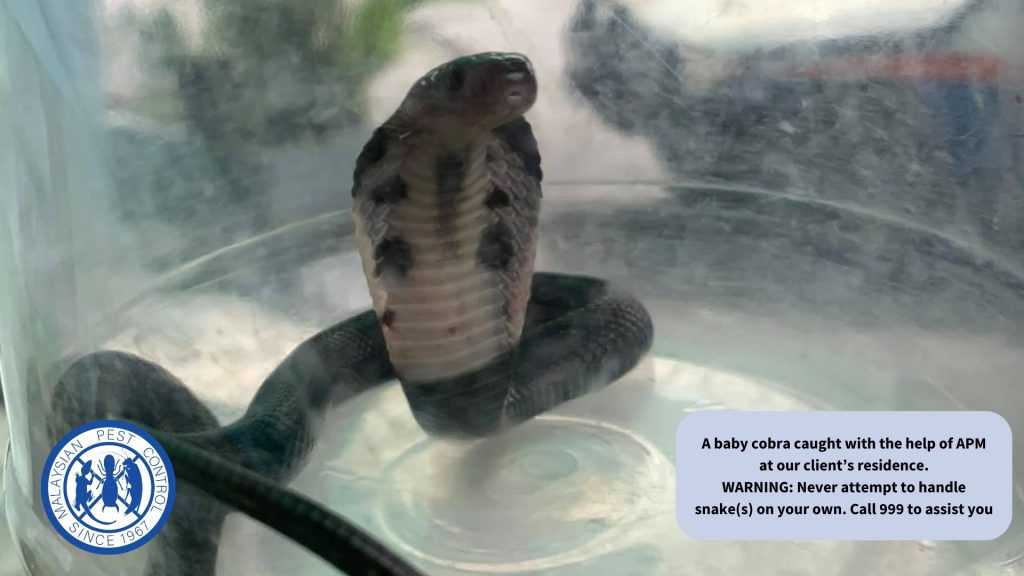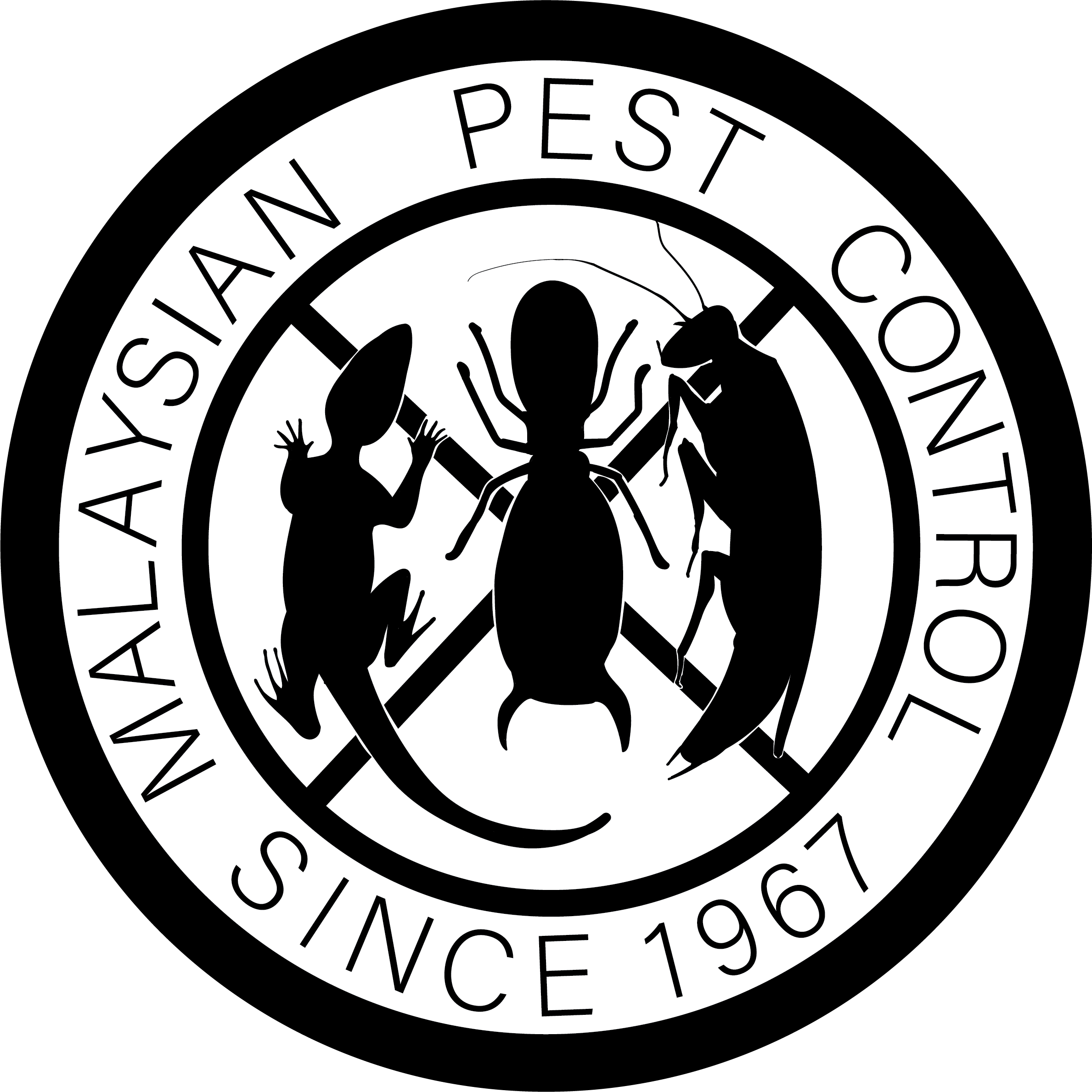About Snakes

Introduction to Snakes in Malaysia
Snakes are fascinating reptiles with over 3,000 species worldwide. In Malaysia, according to mybis.gov.my, that there are about close to 200 species, ranging in size from a few centimeters to several meters long. Snakes can be broadly categorized into venomous and non-venomous species. Venomous snakes, such as cobras and vipers, pose significant health risks, while non-venomous species like pythons and rat snakes are generally harmless. Snakes do play a crucial role in controlling pest populations, making them an important part of the ecosystem.

Biology and Lifecycle
- Egg Stage
- Snakes in Malaysia generally lay eggs in secluded, moist environments.
- Juvenile Stage
- Juvenile snakes are often more vulnerable and seek out hiding spots.
- Adult Stage
- Adults are more mobile and often seek food, shelter, and mates.
Behaviour and Habitat
- Behaviour: Snakes are generally elusive and prefer to avoid human contact. They seek out areas that provide ample food and shelter.
- Habitat: Common in tropical environments, snakes often enter homes seeking prey like rodents, cool areas, or safe hiding spots.
Health and Economic Impact
- Risks: While many snakes are non-venomous, some species in Malaysia can pose serious health risks if they bite. Malaysians do experienced sightings of venomous snakes in their homes.

- Benefits: Snakes help control pest populations by preying on rodents and insects.
Common Areas of Infestation
Malaysia sometimes experiences dry spells with prolonged periods of no rain and high temperatures. During these times, snakes that are normally found near residences may seek out cooler areas, leading them to enter homes. The search for a more comfortable environment during extreme heat can increase the likelihood of encountering snakes indoors.
- Near Air Conditioners: Attracted by the cool, shaded areas.
- Near Shoe cabinets: Attracted by the cool, shaded areas, and even inside your shoes.
- Inside Cars: Warm engine compartments can attract snakes.
- Near Toilets: Damp and dark bathrooms provide a suitable environment.

Signs of Infestation
Frequent sightings of snakes indicate the presence of attractants such as rodents. Identifying and managing these attractants can help reduce snake encounters.
Prevention and Control
- Assess Entry Points: Seal gaps and holes to prevent entry.
- Advice on Management: Maintain a clean environment and manage rodent populations.
- Rodent Control: Reducing rodent populations minimizes the primary food source for snakes.
- Control Using Sulfur: Sulfur can be used as a repellent, although sulfur does not have much scientific evidence on its effectiveness, and sulfur itself does not cause any harm to the snakes, it acts as a repellent as the smell is dislike by snakes.
Emergency: Handling Snake Encounters
Threatened by snakes at your residence? Call 999 for APM’s help.
While waiting:
- If the snake is resting, do not disturb it.
- If the snake is aggressive, you can use an aerosol insecticide (e.g., Ridsect) and spray continuously (fog it). The insecticide will cause the snake to become disoriented and more manageable.
Always exercise caution and seek professional assistance to ensure safety.



